Do you have a question about the Whirlpool W7F HS51 AX UK and is the answer not in the manual?
Overview of the dishwasher's control panel buttons and indicators.
Guide to accessing and modifying the dishwasher's setting menu.
Instructions for setting the water hardness level for optimal water softening.
Table detailing water hardness levels in various units.
Explanation of the automatic water softening system and its regeneration.
Procedure for filling the rinse aid dispenser and adjusting dosage.
Step-by-step guide for operating the dishwasher for daily use.
How to change a program once the wash cycle has already started.
Instructions on how to add more dishes during an ongoing wash cycle.
What to do if the cycle is interrupted due to door opening or power cut.
Tips and advice for correctly loading the dishwasher racks for optimal results.
List of materials and items that should not be washed in the dishwasher.
Precautions to prevent damage to glassware and crockery during washing.
Recommendations for efficient energy and water consumption.
Guidance on maintaining dishwasher hygiene and preventing odors.
Instructions for protecting the appliance from frost damage.
Details of available wash programs, their duration, and consumption.
Details on various wash cycle options like Power Clean, Half Load, Extra Dry, Silent, Delay, and NaturalDry.
Explanation of control panel features like Sensing, Keylock, and alarm indicators.
Guidance on arranging cutlery in the dedicated cutlery rack for optimal washing.
Tips for loading delicate items like glasses and cups in the upper rack.
Instructions on how to adjust the upper rack height for better loading flexibility.
Advice on loading pots, plates, and bowls in the lower rack for efficient washing.
How to utilize the Power Clean zone for intensive washing of pots and pans.
Step-by-step guide for cleaning the dishwasher's filter assembly.
Instructions for cleaning the spray arms to ensure proper water distribution.
Troubleshooting for salt indicator light issues and solutions.
Troubleshooting for rinse aid indicator light issues and solutions.
Information on the Descale alarm and recommended descaling procedures.
Solutions for when the dishwasher does not start or respond to commands.
Troubleshooting steps for when the dishwasher fails to drain water.
Explanation and solutions for error codes F7 E3 and F9 E1.
Addressing causes and solutions for excessive noise during dishwasher operation.
Troubleshooting steps when dishes are not coming out clean.
Solutions for when the dishwasher does not fill with water or shows H2O alarm.
Troubleshooting for premature cycle completion and F8 E3 error.
Solutions for poor drying performance and related issues.
Addressing streaks or bluish tinges on dishes due to rinse aid issues.
Troubleshooting limescale or whitish film on dishes due to salt or water hardness.
Explanation and solutions for error F8 E5, often related to valve issues.
| Type | Freestanding |
|---|---|
| Appliance placement | Freestanding |
| Energy Efficiency Class | A+++ |
| Noise Level | 41 dB |
| Water Consumption | 9.5 L |
| Delay Start | Yes |
| Built-in display | Yes |
| Tub material | Stainless steel |
| Water consumption per cycle | 9.5 L |
| Power consumption (off) | 0.5 W |
| Current | 10 A |
| Width | 598 mm |
| Half Load Option | Yes |
| Dimensions (H x W x D) | 850 x 598 x 590 mm |
| Depth | 590 mm |




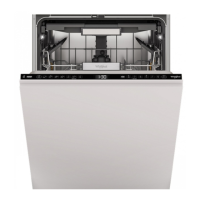

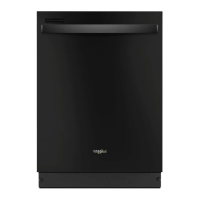
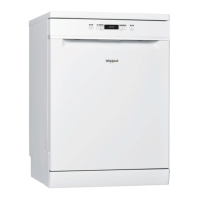


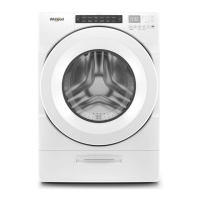
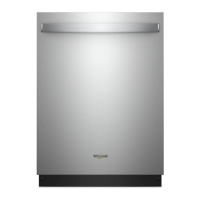
